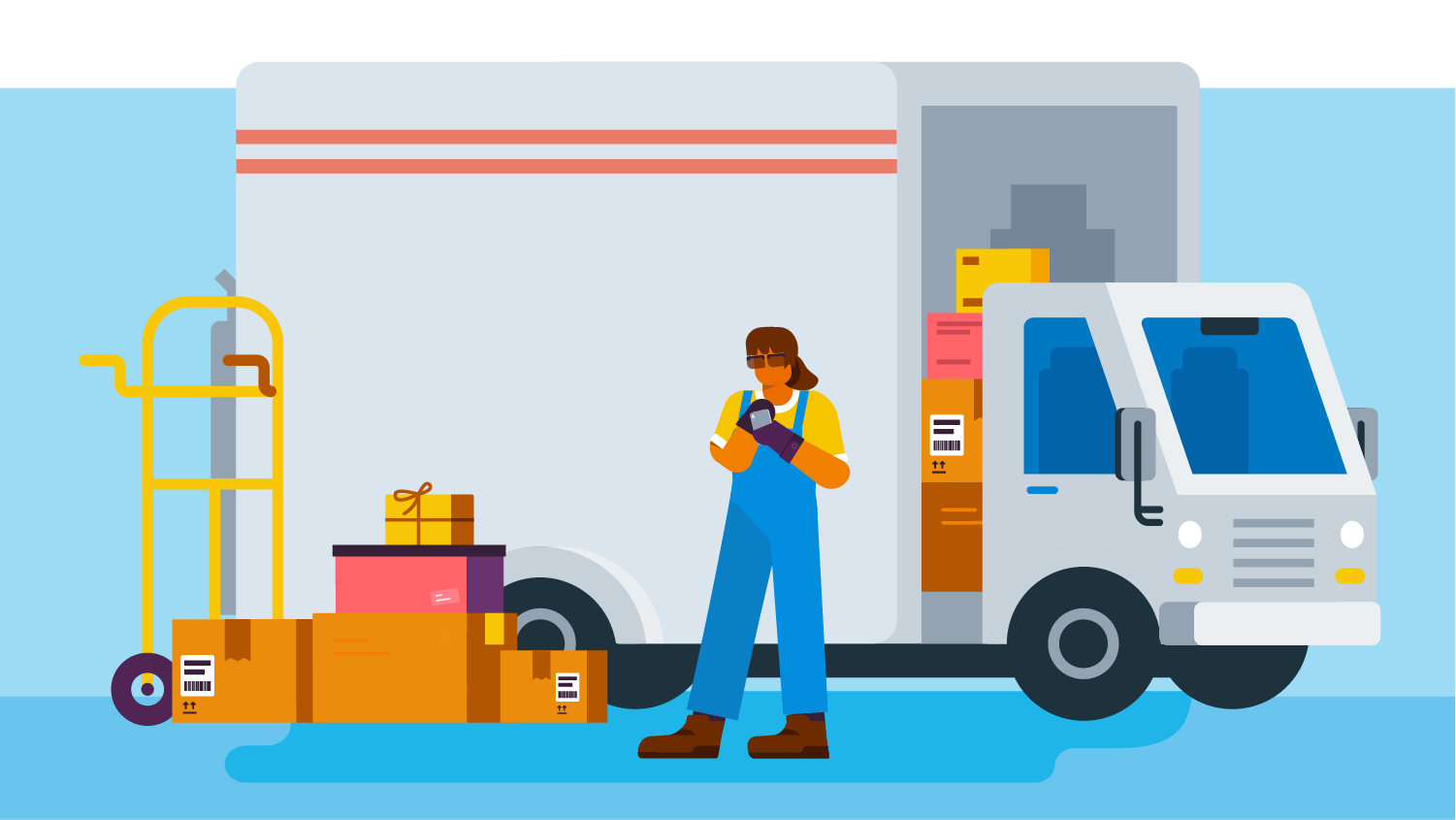Commercial Movers: Ways to Protect Your Items During a Move with Movers
White Glove Movers: Specialist Relocation Experts Can Help Make Your Shift Smooth And Hassle-free
History and Development of Moving Solutions
The Dawn of Moving: From Muscle to Machines
Picture this: a handful of strong males transporting heavy trunks on wood carts, browsing cobblestone streets with sweat and determination. Before the modern-day moving market took shape, moving was a brutal, labor-intensive task. In ancient times, relocation often suggested relying on sheer physical strength and rudimentary tools. The lack of specialized services suggested households and merchants had to collaborate every information themselves, often running the risk of damage or loss.
Isn't it interesting how need fuels innovation? As cities broadened and commerce thrived, the requirement for efficient, trustworthy moving services ended up being glaringly apparent. Enter the era of horse-drawn wagons and later, motorized cars, which reinvented how valuables traveled from one location to another.
Industrial Transformation: The Catalyst for Change
The 19th century's industrial boom improved many aspects of life, consisting of how people moved. Suddenly, metropolitan migration surged, and with it, the need for professional movers increased. No longer was moving a basic chore; it progressed into a customized service offering:
- Packing proficiency to secure vulnerable products
- Organized filling methods optimizing space
- Transportation solutions customized to different ranges
This period marked the birth of business dedicated entirely to moving, laying the foundation for today's complex logistics and customer-centric techniques.
Technological Advancements and Their Effect
Can you think of moving without contemporary equipment? The advent of hydraulic lifts, forklifts, and pallet jacks changed the market overnight. Unexpectedly, movers could deal with large furnishings and heavy appliances with ease, decreasing injuries and enhancing efficiency.
The combination of digital technology triggered a new wave of innovation. GPS tracking, online booking platforms, and real-time inventory management have ended up being staples in the moving services landscape. These tools not only improve transparency but also empower customers to stay connected and notified throughout their moving journey.
Secret Milestones in Moving Solutions Advancement
| Period | Development | Significance |
|---|---|---|
| Ancient Times | Manual labor and fundamental carts | Structure of moving as a necessity |
| 19th Century | Horse-drawn wagons and packing services | Birth of professional moving business |
| 20th Century | Motorized trucks and mechanized devices | Increased effectiveness and scale |
| 21st Century | Digital integration and GPS innovation | Improved client experience and logistics |
Reflections on the Journey
Assessing the development of movers, one might wonder: how did a basic act of carrying valuables end up being a sophisticated industry? It's a tale of resilience, adjustment, and continuous improvement. From the sweat-soaked streets of old to the precision-driven operations of today, the history of moving services is as vibrant as individuals who count on them.
Next time you pack a box or hire a mover, consider the layers of history ingrained in every action. The journey of movers encapsulates human check here resourcefulness, transforming what was once a daunting task into a seamless experience.
Exploring the Spectrum of Moving Services
When the time concerns move your life from one address to another, the variety of moving services available can seem like browsing a maze. Do you need a simple loading and dumping team, or does your move need the finesse of complete packaging and unpacking? Comprehending the nuances can save hours of aggravation and unanticipated expenses.
Common Types of Moving Providers
- Regional Moves: Developed for relocations within a city or city, these services usually run on a per hour basis, perfect for short ranges.
- Long-Distance Relocations: Covering moves beyond 100 miles, these require more coordination, from logistical planning to secure transportation, frequently priced by weight and range.
- Full-Service Moves: Movers handle everything-- packaging, filling, transporting, discharging, and sometimes even unpacking. Ideal for those pushed for time or energy.
- Self-Service Moves: You load and load your belongings, while the company manages transport and dumping. A happy medium offering cost savings and some convenience.
- Specialty Relocations: For fragile, bulky, or important products like pianos, antiques, or artwork, requiring specific devices and knowledge.
Expert Tips to Browse Your Moving Service Choices
- Focus on Flexibility: Select a service that adjusts to unanticipated delays or last-minute modifications-- stiff schedules can turn a smooth relocation into a logistical problem.
- Examine Insurance Options: Not all moving companies offer the very same level of protection. Comprehending your protection can prevent heartache if something goes awry.
- Demand Detailed Stocks: A precise item list avoids disputes and guarantees accountability, particularly when dealing with long-distance or specialized moves.
- Think About Season: Seasonal need can affect schedule and rates. Early scheduling throughout off-peak seasons may grant much better service and flexibility.
- Inquire About Packaging Products: Premium boxes, bubble wrap, and padding can be the difference in between a scratched treasure and a pristine arrival.
Table: Service Features Compared
| Service Type | Who Loads? | Transport Mode | Common Prices Model | Ideal For |
|---|---|---|---|---|
| Local Move | Customer or Movers | Truck | Hourly | Short ranges, small loads |
| Long-Distance Move | Movers | Truck or Container | Weight & & Distance | Cross-state or local relocation |
| Full-Service Move | Movers | Truck | Flat or Weight-Based | Time-sensitive, high-stress relocations |
| Self-Service Move | Consumer | Truck or Container | Flat or Hourly | Cost-conscious, hands-on movers |
| Specialty Move | Movers with know-how | Specialized Equipment | Custom-made Quote | Delicate or important products |
The Unseen Intricacy Behind Each Option
Have you ever wondered why moving seems simple and easy on tv but turns into a waterfall of last-minute decisions in reality? The fact lies in the complexities of each service type. Full-service relocations might appear like a high-end, however the knowledge included in packaging delicate heirlooms or disassembling large furnishings is a craft honed over years. On the other hand, going with a self-service move might save money, however it demands an eager understanding of how to pack efficiently-- did you understand that stacking unusually shaped boxes incorrectly can cause internal moving during transit, damaging fragile contents?
Choosing the right kind of moving service is not practically benefit-- it has to do with securing your memories and financial investments. What's your relocation's story going to be?

Packaging and Moving Techniques
Ever tried to fit a luggage that just won't close? That's the kind of puzzle expert movers resolve daily-- however on a much larger scale. The secret lies not in brute force but in tactical positioning and smart use of area. Packaging isn't merely about packing items into boxes; it's an art form where every inch counts.
Layering for Success
Picture a painter layering colors to develop depth. Similarly, when packing, begin with heavier products at the bottom, then cushion with softer materials like bubble wrap or towels. This avoids damage and takes full advantage of box stability. Oddly formed products can slip into spaces, reducing wasted space.
- Wrap fragile products individually with tissue or foam to avoid scratches.
- Use clothing as cushioning-- it's both efficient and environment-friendly.
- Fill voids with packing peanuts or crumpled paper to lessen motion.
Identifying: The Unsung Hero

What great is best packing if you invest hours rummaging through boxes? Comprehensive labeling is a game-changer. Instead of vague tags like "Kitchen," attempt this approach:
| Label | Description | Priority |
|---|---|---|
| Delicate - Glasses | Manage with care, contains delicate items | High |
| Essentials - Very First Night | Products required right away after moving | Urgent |
| Books - Study Space | Stacked, heavy books | Medium |
Strategic Packing Tips
- Disassemble big furnishings and keep screws in identified bags taped to the pieces.
- Use uniform box sizes when possible-- stacking ends up being simpler and safer.
- Do not overpack boxes; weight limits exist for a reason. Go for 40-50 pounds max.
- Wrap furniture edges with moving blankets to prevent scratches throughout transit.
- Seal boxes with high-quality packaging tape-- double layers on the bottom are essential.
Why do some movers swear by a color-coded system? Since it gets rid of guesswork on moving day. Designate each room a color and mark boxes appropriately. This small step can save hours when dumping and unloading.
Packaging and moving demand accuracy-- like a chess video game where every move counts. Have you ever noticed how some movers handle bulky products easily? They utilize angles and pivot indicate navigate tight corners without damage. It's not muscle; it's strategy.
Unseen Struggles Behind the Moving Van Doors
Ever enjoyed a group of professional movers carry a grand piano through a narrow doorway and wondered how they pull it off without a scratch? The art of moving isn't just muscle and trucks; it's a fragile dance with unpredictability. Weather condition can flip from a sunlit blessing to a torrential menace in minutes, turning an uncomplicated drive into a logistical maze.
One infamous obstacle is the labyrinthine design of some homes or houses. Staircases too tight for dollies, doorways narrower than standard boxes, or elevators that hardly fit a couch-- these physical quirks require inventive options on the area. Movers frequently resort to non-traditional methods like dismantling furnishings or utilizing personalized cushioning to secure both the item and the property.
Accuracy Packaging: More Than Simply Covering
It's appealing to believe packaging is simply packing boxes, but the reality is a complicated puzzle of weight circulation and fragility. Movers must prepare for how items will shift throughout transit-- a mistake can mean shattered treasures or dented devices. The trump card? Strategic layering and utilizing materials with specific shock-absorbing qualities.
- Bubble wrap is basic, but rotating it with foam sheets can dramatically reduce effect damage.
- Heavy products go at the bottom; fragile ones nestle on top, cushioned by soft textiles.
- Identifying boxes not simply by contents however by handling instructions makes sure quicker, much safer discharging.
Another less discussed pressure is the mental toll. The clock ticks relentlessly, and every hold-up ripples through tight schedules. Remaining calm in the middle of chaotic last-minute modifications requires psychological dexterity and team synergy.
Traffic Jams and Timing: The Invisible Challengers
| Challenge | Professional Strategy | Impact |
|---|---|---|
| Urban blockage | Route optimization apps and flexible scheduling | Reduces hold-ups and fuel consumption |
| Parking restrictions | Pre-arranged permits or strategic parking nearby | Prevents fines and time loss |
| Unpredictable weather condition | Waterproof coverings and contingency strategies | Protects the condition of items and devices |
Do you actually understand what it takes to keep a moving day on track? It's not almost strength or endurance; it has to do with insight, adaptability, and a deep understanding of every piece of the puzzle. The next time you see movers at work, keep in mind: behind that seamless operation lies a series of determined maneuvers and quick thinking that few ever notice.